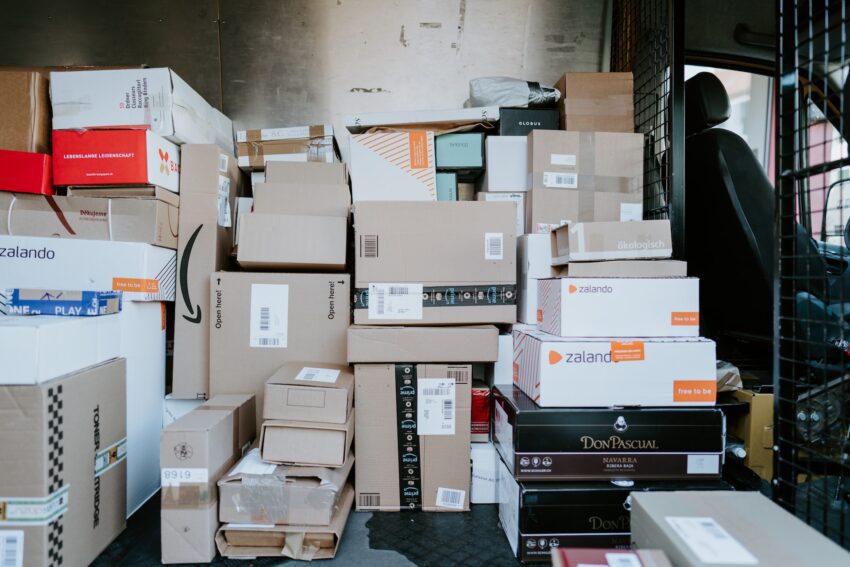The cannabis industry has seen some pretty dramatic shifts since legalization started rolling out across various states, but maybe none as significant as the rise of delivery services. What started as a somewhat sketchy underground operation has transformed into a legitimate, regulated business model that’s completely reshaping how consumers think about buying cannabis.
Just a few years ago, if someone wanted to purchase legal cannabis, they had one real option: drive to a dispensary, wait in line (sometimes for quite a while), browse products in person, and make their purchase before heading home. It was straightforward enough, but not exactly convenient—especially for medical patients dealing with mobility issues or folks who simply didn’t have time to make a special trip across town.
The Convenience Revolution
Cannabis delivery has essentially brought the dispensary experience directly to people’s doorsteps, and the impact has been substantial. Consumers can now browse extensive product catalogs online, read detailed descriptions and reviews, and place orders from their couch. The whole process typically takes just a few minutes, and depending on the service, products can arrive within hours.
Many consumers find the delivery experience less intimidating than visiting a physical dispensary, particularly those who are new to cannabis or prefer to keep their purchases private. There’s something to be said for being able to ask questions over the phone or through chat rather than standing in front of other customers.
For medical patients specifically, delivery services have been transformative. Chronic pain sufferers, individuals undergoing chemotherapy, or patients with anxiety disorders often struggle with the physical and emotional energy required to visit dispensaries. When someone’s dealing with a flare-up or having a particularly difficult day, being able to order medication for delivery can make a real difference in their quality of life.
How the Ordering Process Actually Works
Most delivery services operate through user-friendly websites or mobile apps that feel similar to ordering food delivery. Customers create accounts, verify their age and legal status (usually by uploading photos of their ID), browse product menus, and place orders. The verification process is typically a one-time thing, though some services periodically ask customers to re-verify.
Payment methods vary depending on local regulations and banking restrictions. Some services accept credit cards, while others require cash on delivery or use cashless ATM systems. Many experienced users recommend having exact change ready when paying cash, as delivery drivers don’t always carry change for large bills.
Delivery windows usually range from one to four hours, with some premium services offering same-day delivery in under two hours. Companies that focus on cannabis delivery los angeles and other major metropolitan areas often provide the fastest service times due to shorter distances and higher order volumes that make efficient routing possible.
Product Selection and Quality Control
One common concern about delivery services involves product selection—can customers really get the same variety and quality they’d find in a physical dispensary? The answer seems to be increasingly yes, though it varies by service provider.
Many delivery companies work directly with the same distributors and cultivators that supply brick-and-mortar dispensaries. Some even operate their own cultivation facilities or have exclusive partnerships that allow them to offer unique products. The larger, more established services often carry hundreds of different items across various categories: flower, edibles, concentrates, topicals, and accessories.
Quality control has become a major selling point for reputable delivery services. Products still go through the same lab testing and regulatory compliance processes required for dispensary sales. Many services go even further, implementing additional quality checks and storage protocols to ensure products maintain their potency and freshness during transport.
The Economics Behind the Service
The business model for cannabis delivery makes sense from multiple angles. For companies, delivery can be more cost-effective than maintaining physical retail locations with all the associated overhead—rent, utilities, security systems, and larger staff requirements. These savings often get passed along to consumers in the form of competitive pricing or frequent promotions.
Delivery services also tend to have higher average order values compared to in-store purchases. When customers aren’t physically limited by what they can easily carry, and when they’re browsing from home without feeling rushed, they often add extra items to their orders. Many services encourage this with minimum order requirements for free delivery or bulk pricing discounts.
Regulatory Challenges and Safety Measures
The regulatory landscape for cannabis delivery remains complex and varies significantly by location. Some jurisdictions that allow recreational cannabis sales don’t permit delivery, while others have specific rules about delivery zones, operating hours, and vehicle requirements.
Safety protocols have evolved substantially as the industry has matured. Professional delivery services now use GPS tracking, require background checks for drivers, implement secure transport methods, and maintain detailed chain-of-custody documentation. Many companies use unmarked vehicles and require drivers to follow specific safety procedures when making deliveries.
Customer safety measures typically include ID verification at delivery (even for returning customers), discreet packaging, and clear communication about delivery times and procedures. Most services won’t deliver to locations they consider unsafe and maintain the right to refuse service if something seems off.
Looking Forward
Cannabis delivery appears to be more than just a temporary trend—it’s becoming an integral part of how legal cannabis markets operate. As regulations continue to evolve and technology improves, delivery services are likely to become even more efficient and user-friendly.
The success of cannabis delivery services demonstrates how quickly consumer preferences can shift when presented with more convenient options. For an industry that spent decades operating in the shadows, this move toward mainstream retail convenience represents a significant step toward full normalization. Whether someone’s a medical patient seeking relief or a recreational user looking to unwind after work, having safe, legal, and convenient access to cannabis products has fundamentally changed the entire shopping experience.


